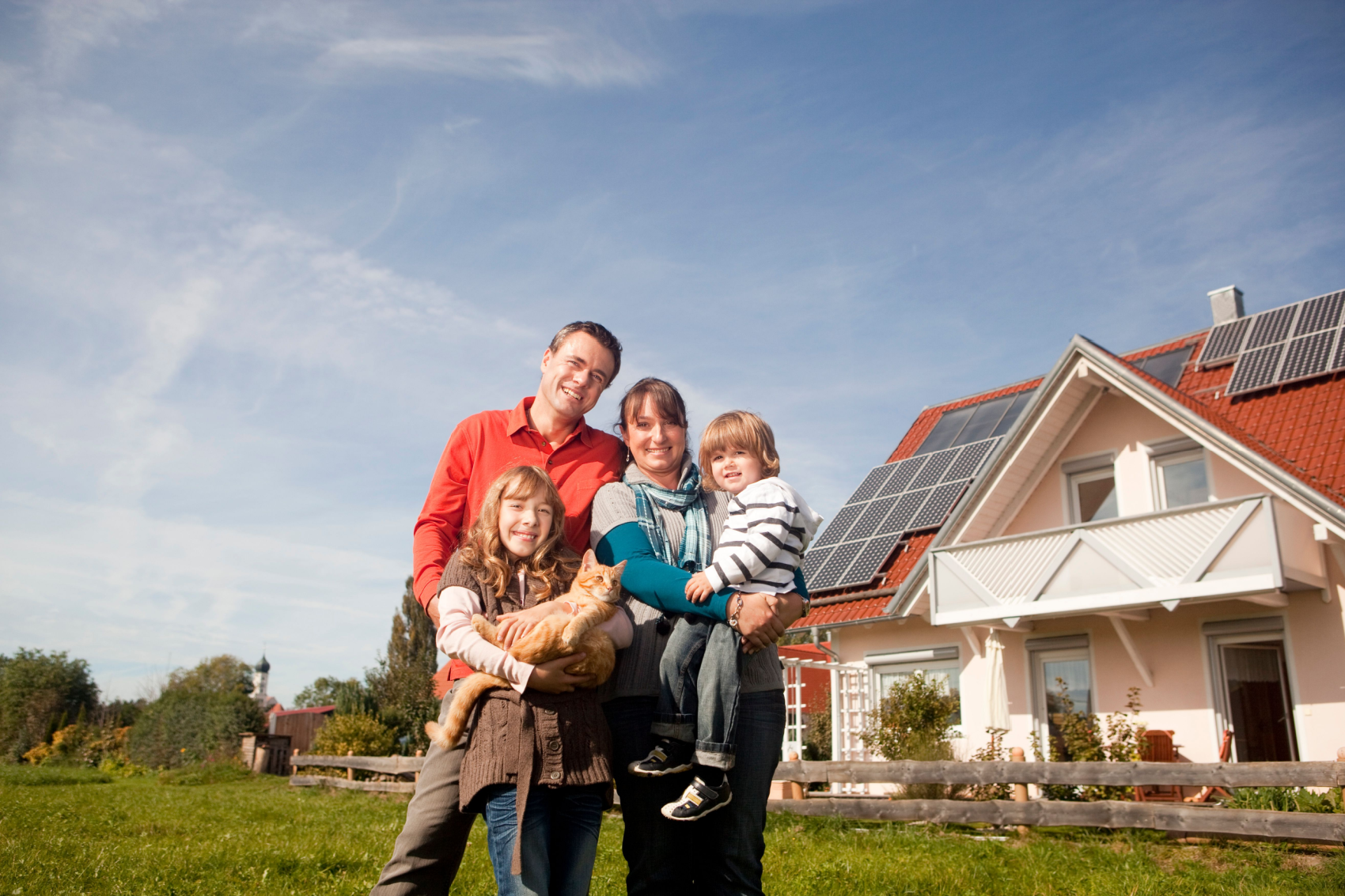Sustainability in real estate refers to designing, constructing, and operating buildings and developments to minimize their environmental impact and maximize their long-term social and economic benefits. The process can involve using materials and technologies that are energy efficient, reduce greenhouse gas emissions, and incorporate features that promote the health and well-being of the people who use the spaces.
As the world becomes increasingly focused on sustainability, the real estate industry is starting to adopt new technologies that can help reduce the environmental impact of buildings. Here are some examples of technologies that are being used to support sustainability in real estate:
Energy-efficient appliances and lighting
Energy-efficient appliances and lighting use less energy than traditional options, which can help reduce the carbon footprint of a building and lower energy costs. This can include LED light bulbs, Energy Star-certified appliances, and low-flow showerheads.
Renewable energy systems
Renewable energy systems such as solar panels, wind turbines, and geothermal systems can be used to generate electricity for a building, reducing the reliance on fossil fuels. These systems can be expensive to install, but the long-term cost savings can be significant, and they can also help a building qualify for green building certifications.
Green roofs
Green roofs are roofs that are covered with plants and soil. They can help insulate a building, reduce stormwater runoff, and improve air quality. Green roofs can also provide a space for recreation and relaxation, and they can help a building qualify for green building certifications.
Smart thermostats: Smart thermostats can be programmed to adjust the temperature in a building based on occupancy and weather patterns, helping to reduce energy use. This can be especially useful in large buildings where it can be difficult to control the temperature in all areas.
Water-efficient fixtures
Using water-efficient fixtures such as low-flow toilets and showerheads can help reduce the amount of water used in a building, which can be beneficial for both the environment and water bills. In addition to using less water, these fixtures can also be less expensive to operate.
Sustainable materials
Using sustainable materials such as recycled steel and low-VOC (volatile organic compound) paint can help reduce the environmental impact of a building. These materials can be more expensive upfront, but they can also have longer lifespans and may be eligible for tax credits or other incentives.
Electric vehicle charging stations
Installing electric vehicle charging stations can encourage the use of electric cars, which produce fewer emissions than gasoline-powered vehicles. This can be especially important in areas with high levels of air pollution, and it can also help a building qualify for green building certifications.
Overall, many new technologies are being used in the real estate industry to support sustainability. These technologies can help reduce the environmental impact of buildings, lower energy and water costs, and improve the quality of life for building occupants. As the demand for sustainable buildings continues to grow, we will likely see even more innovative technologies being developed and implemented in the real estate industry.






